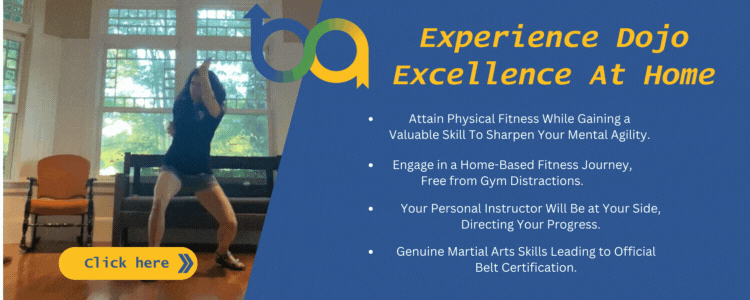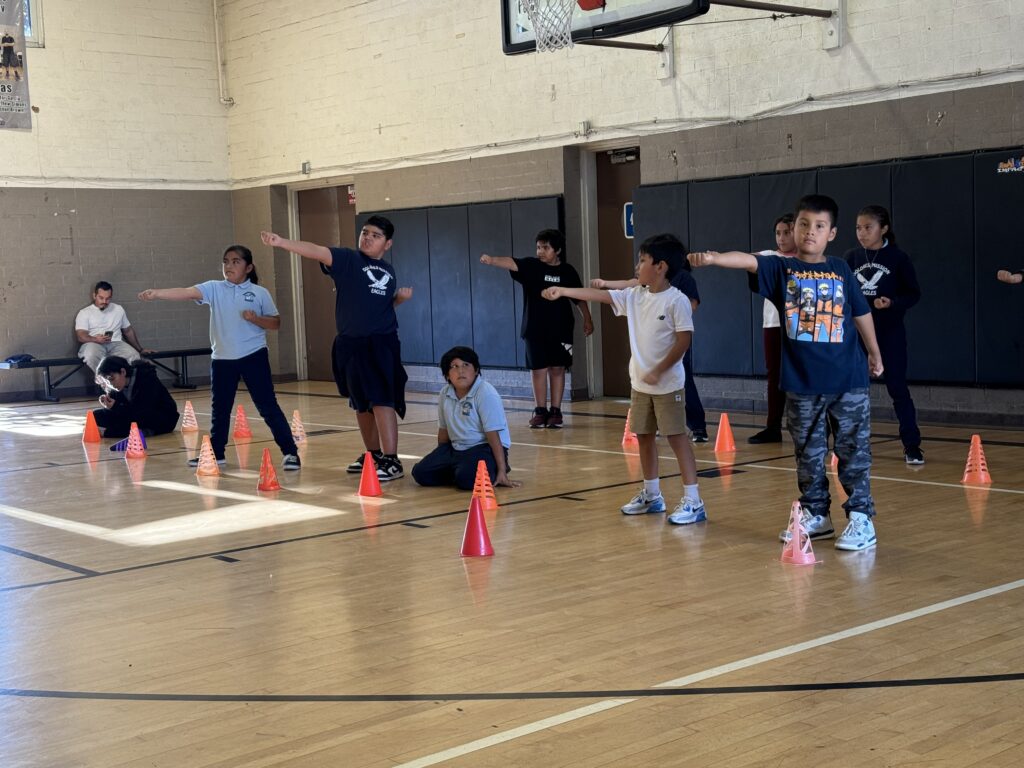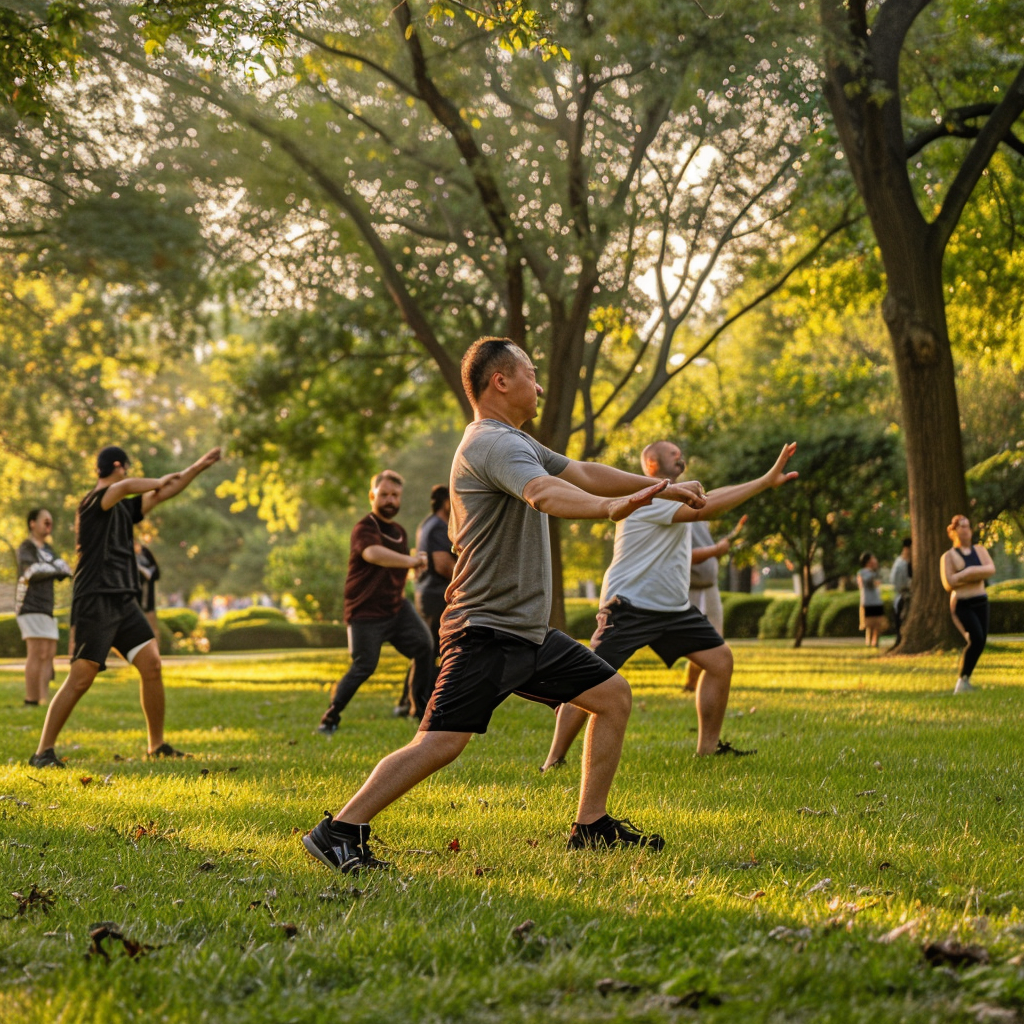 For many people around the world, summer signifies carefree fun and the joy of spending more time outdoors. It often includes traveling, taking breaks from school, and enjoying gatherings of all shapes and sizes, making it a welcome departure from the usual day-to-day routine.
For many people around the world, summer signifies carefree fun and the joy of spending more time outdoors. It often includes traveling, taking breaks from school, and enjoying gatherings of all shapes and sizes, making it a welcome departure from the usual day-to-day routine.
However, for many individuals summer break also means a detachment from physical activity. Children who regularly attend school are separated from the traditional physical education programs that are a part of their day and can find themselves more stagnant during the summer months.
In fact, according to the Society of Behavioral Medicine (2024), children ages 6-9 are on average 53% more sedentary during summer break and instead of participating in physical activity tend to choose fewer active options (video games, television, phone time, etc.) This dramatic decrease in physical activity can not only be detrimental to their physical well-being but can also negatively affect their mental/emotional states.
Staying active when we are out of our normal “routine” is important for people of all ages. Let’s explore various ways to maintain an active lifestyle during the summer without significantly altering your environment or disrupting your routine.
Benefits of Structured Physical Activity
It’s not a secret that regular physical activity is full of benefits: from being heart healthy to boosting your endorphins (or your “feel good” chemicals), exercise is a crucial component of overall health.
According to Kids Health (2022), active kids will have:
- stronger muscles and bones
- leaner bodies
- less risk of becoming overweight
- a lower chance of getting type 2 diabetes
- lower blood pressureand blood cholesterol levels
Even beyond the physical benefits, regular exercise stabilizes mental/emotional health as well.
“Studies have shown that simply getting cardio exercise on a regular basis actually improves certain beneficial hormones in our bodies in the same way that antidepressants can,” says Dr. Hawks, a Child Psychologist at the Pediatric Mental Health Institute (2024).
It’s evident that maintaining a sedentary lifestyle can have detrimental effects on both physical and mental/emotional health. As children develop, they acquire lifelong habits that can significantly impact their overall well-being. Therefore, prioritizing the establishment of healthy routines from an early age is crucial.
Unfortunately, many available programs for kids (especially during the summer months) are saddled with schedule/attendance requirements that can make it difficult for parents. Many sports programs and classes don’t have the flexibility to allow participants lengthy absences or breaks. Summer camp programs are also great to keep kids moving, but when camp is over…then what?
It’s important to find something that will not only work with your schedule during summer and beyond but will be fun and engaging – both for you and for your children – and will provide the comprehensive fitness benefits that we all seek.
Exploring Various Summer Activity Options
 When considering avenues for maintaining physical activity levels during the summer months, a diverse range of options emerges, each catering to different preferences and logistical constraints.
When considering avenues for maintaining physical activity levels during the summer months, a diverse range of options emerges, each catering to different preferences and logistical constraints.
Participation in local sports leagues is a common choice, offering a structured environment conducive to physical exertion and skill development. Research by the American Academy of Pediatrics highlights the importance of organized sports in promoting physical fitness and psychological well-being among children (Ginsburg, 2007).
Besides the obvious physical benefits, sports are an amazing way to encourage essential life skills such as teamwork, discipline, and goal setting. Unfortunately, many of these leagues require a large amount of time from both the participant and their parents and some are unable to commit to such requirements. Financial hurdles can also become an issue for many families unable to contribute to a league/team organization.
Beyond organized sports, family-oriented outdoor activities present an appealing alternative for summer recreation. Activities such as hiking, biking, and nature walks not only offer opportunities for physical exercise but also facilitate appreciation for the natural environment.
In fact, outdoor recreation is more beneficial than you might think – according to a study published in the Journal of Environmental Psychology, exposure to green spaces during physical activity directly correlates with a positive sense of mental well-being and stress reduction (Pretty, 2005). Exploring local parks, trails, and nature reserves provides a dynamic outlet for physical activity, creating a sense of adventure and exploration among participants.
For those seeking a flexible and accessible means of maintaining physical fitness that don’t have access to a sports league, cannot afford participation costs, or who might not be able to enjoy their natural outdoor environment comfortably, our online martial arts program offers a comprehensive solution.
Research conducted by the National Institutes of Health emphasizes the efficacy of martial arts training in enhancing cardiovascular health, muscular strength, and flexibility regardless of age (Qin, 2020). Moreover, consistent training in martial arts can enhance our vestibular sense, responsible for balance, and proprioceptive sense, governing spatial awareness. This improvement leads to enhanced coordination and motor function proficiency.
Even beyond these benefits, martial arts are proven to increase confidence and self-esteem: as a student progressively achieves higher belt rank and knowledge within the art, they often attain a sense of confidence that trickles down into other aspects of their life (school, relationships, etc.) (Qin, 2020).
Our online martial arts program provides participants with all these benefits from the convenience of home, allowing them to engage in structured workouts with remote access. Anyone with a cell phone and/or a Wi-Fi connection can participate! Moreover, the adaptable scheduling of our online program accommodates diverse lifestyles and commitments, ensuring continuity in training despite fluctuations in routines. The best part is that even after summer is over, students can continue within the platform without any added time requirements or constraints – when school is back in session, for example, parents do not have to be concerned with the amount of time or money spent on extracurricular activities.
By integrating physical exercise with cognitive engagement, discipline, and goal setting, our online martial arts program offers a comprehensive, holistic approach to fitness that resonates with individuals of all ages and schedules of all kinds.
 Maintaining an active lifestyle during the year, especially during the summer months, is essential for the physical and mental well-being of individuals of all ages. While traditional options like local sports leagues and family-oriented outdoor activities provide excellent avenues for physical activity, the flexibility and comprehensive benefits of an online martial arts program like ours stand out as a superior choice. We offer a unique blend of physical fitness, mental discipline, and adaptability, making this activity ideal for families with diverse schedules and commitments.
Maintaining an active lifestyle during the year, especially during the summer months, is essential for the physical and mental well-being of individuals of all ages. While traditional options like local sports leagues and family-oriented outdoor activities provide excellent avenues for physical activity, the flexibility and comprehensive benefits of an online martial arts program like ours stand out as a superior choice. We offer a unique blend of physical fitness, mental discipline, and adaptability, making this activity ideal for families with diverse schedules and commitments.
As you begin to plan your summer activities, consider the long-term advantages of integrating martial arts into your everyday routine. By choosing an online program like ours, you not only ensure continuous access to high-quality, consistent training but also promote the development of crucial life skills such as balance, spatial awareness, and coordination. Martial arts build the solid foundation within the journey of self-improvement that so many are seeking.
So, what’s the bottom line? The right summer activity for anyone should be engaging, enjoyable, and conducive to overall health and wellness – making our online martial arts a valuable, comprehensive addition to any summer fitness plan.
References
Children’s Hospital Colorado. (2024). The Benefits of Physical Activity and Exercise on Mental Health. Retrieved from https://www.childrenscolorado.org/conditions-and-advice/parenting/parenting-articles/mental-health-benefits-exercise/
Ginsburg, K. R. (2007). The Importance of Play in Promoting Healthy Child Development and Maintaining Strong Parent-Child Bonds. Pediatrics, 119(1), 182–191.
Nemours Kids Health. (2022). Kids and Exercise. Retrieved from https://kidshealth.org/en/parents/exercise.html
Pretty, J., Peacock, J., Sellens, M., & Griffin, M. (2005). The Mental and Physical Health Outcomes of Green Exercise. International Journal of Environmental Health Research, 15(5), 319–337.
Qin, Z., Dai, W., Yao, Z., Zhao, W., & Liu, K. (2020). The Effect of Martial Arts Training on Cardiovascular Health in Children and Adolescents: A Systematic Review and Meta-Analysis. International Journal of Environmental Research and Public Health, 17(14), 5038
Society of Behavioral Medicine. (2024). Lazy Days of Summer: How to Keep Children Active All Year Long. Retrieved from https://www.sbm.org/healthy-living/lazy-days-of-summer-how-to-keep-children-active-all-year-long#






